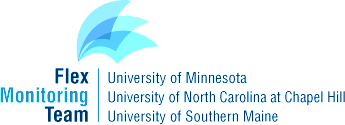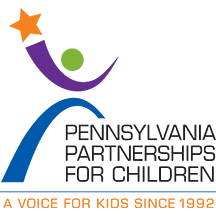From The American Prospect, December 27, 2022
Insurer UPMC and its new pharmacy benefit manager Express Scripts are squeezing local independent pharmacies, with residents caught in the crossfire.
In late November, at a strip mall in the rural Pennsylvania town of Bedford, Stephanie Over worked behind the Fisher’s Pharmacy counter, filling prescriptions into translucent orange pill bottles and administering shots. As strip mall pharmacies go, Fisher’s stands out. A recently restored art deco facade juts out, and the store’s name runs down vertically in Broadway font. The store is a local fixture in Bedford, population under 3,000, and has been around for almost 100 years, of which Stephanie has worked nearly 30.
Stephanie was about to check out for her lunch break when the letters flooded in. Regulars at Fisher’s began marching up to the counter, clutching notices from the University of Pittsburgh Medical Center (UPMC), a leading health insurer in Western Pennsylvania, and Express Scripts, the pharmacy benefit manager for UPMC.
The letter told them that under a new policy, UPMC’s insurance plan would not cover prescriptions at Fisher’s anymore. Instead, UPMC’s beneficiaries would be encouraged to go to other pharmacies in the health plan network for their own “convenience,” which meant national chains like Rite Aid, Walmart, or Giant Eagle, a regional grocery chain. Bedford is a remote town, 100 miles from both Harrisburg and Pittsburgh. Residents, many of whom had gone to Fisher’s for decades, would have to drive several towns over, maybe 30 or 40 minutes, just to get their prescriptions filled. Fisher’s knew them, their families, and medical history, a personal touch that would be lost at a chain.
“Why should our people have to drive through 20 signal lights to get a prescription filled when they could just call us and we’d have it ready,” said Over.
The letter offered no explanation for the policy change. Stephanie called the owner, Jennifer Leibfreid, who had not been notified by UPMC. Fisher’s tried calling other local pharmacies and associations to piece together whether other independents were receiving the same letters from customers.
Most had. In an overnight purge, UPMC, the third-largest insurer in the state and the most powerful hospital network, dropped over 1,200 pharmacies from its health plan, around half of the stores it previously carried. Most were independents. The decision impacted tens of thousands of individuals who bought their insurance on the state health insurance exchange, known as Pennie, as well as company plans for businesses with fewer than 50 employees. Patients covered by Medicare and Medicaid are not affected by the change.
The UPMC kill-off will have devastating consequences for pharmacies and patients across rural Pennsylvania. Fisher’s estimates that it might lose 20 percent of its customers, some of whom need prescriptions filled every other day. They’ll have to decide whether to drive several towns over or pay out of pocket at Fisher’s for generic drugs.
Thirty miles south of Bedford, Potomac Valley Pharmacy in Hyndman was another retailer cut out from UPMC’s plan. Pharmacist Dan Iseminger doesn’t know how much business he’ll lose because “frankly, I’ve been too scared to look.” In that area, as in many other rural parts of the state, UPMC is often the only health plan locals can afford.
Read the full article here.




